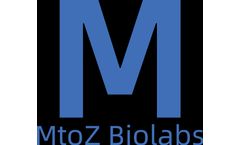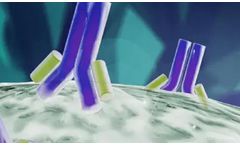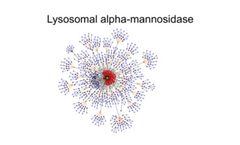Bioanalysis Articles & Analysis: Older
5 articles found
Antibody drug glycosylation analysis is a critical bio-pharmaceutical analysis method, specifically used to evaluate and monitor the glycan structures on antibody drugs. Glycosylation analysis is crucial for ensuring the safety, efficacy, and consistency of drugs, as the structure and composition of glycans directly influence the bioactivity and pharmacokinetic properties of antibody ...
Metabolomics is developing rapidly. In medical science research, it is hoped that analysis to identify abnormal metabolic pathways and characteristic biomarkers closely related to diseases will provide a basis for further elucidation of disease pathogenesis. Metabolomics Research Methods Metabolomics collects samples through established metabolomics research methods, and subsequently uses ...
In addition to determining toxicity, FC can be used to perform target regulation and functional determination to understand the MOA during drug toxicity evaluation. 3. Application in clinical bioanalysis Cell functions, such as cytokine production and changes, intracellular signal transduction, and cell proliferation can be measured by FC. ...
G. Bracewell and C. M. Smales, Bioanalysis, 2013, 5, 123-126. 9. D. G. Bracewell, R. Francis and C. M. ...
Average drug-to-antibody ratio (DAR) and drug load distribution are two vital properties of antibody drug conjugates (ADCs). Over the years, several ADC bioanalytical methods have been developed to better estimate these properties for early development and routine quality control applications. In this article, we provide an overview of the most widely used methods for the detailed analysis of DAR ...





